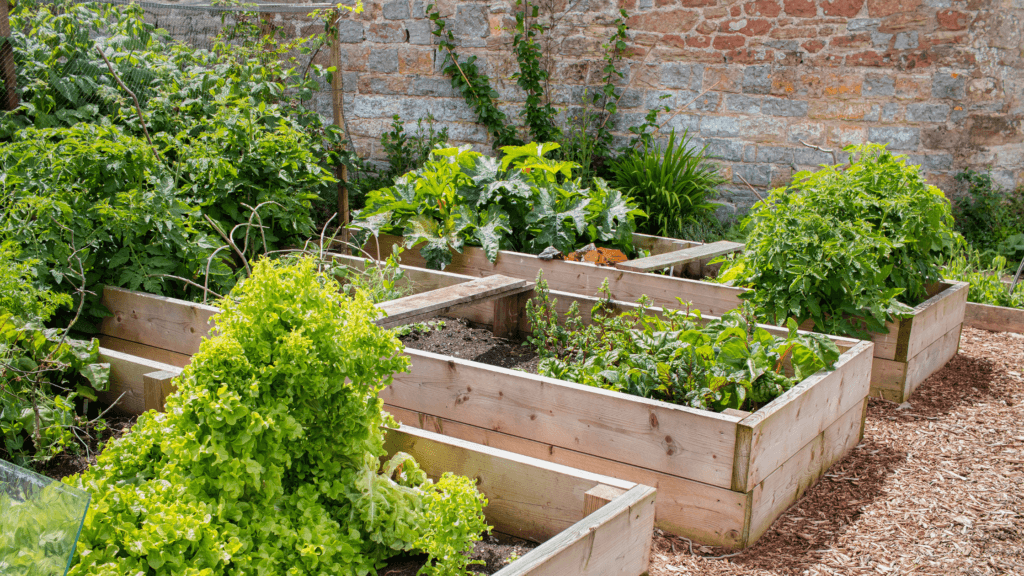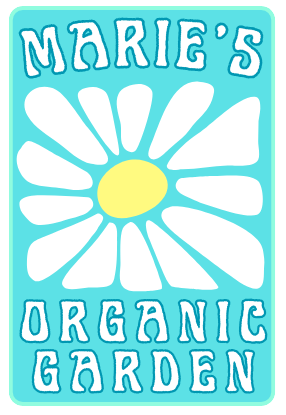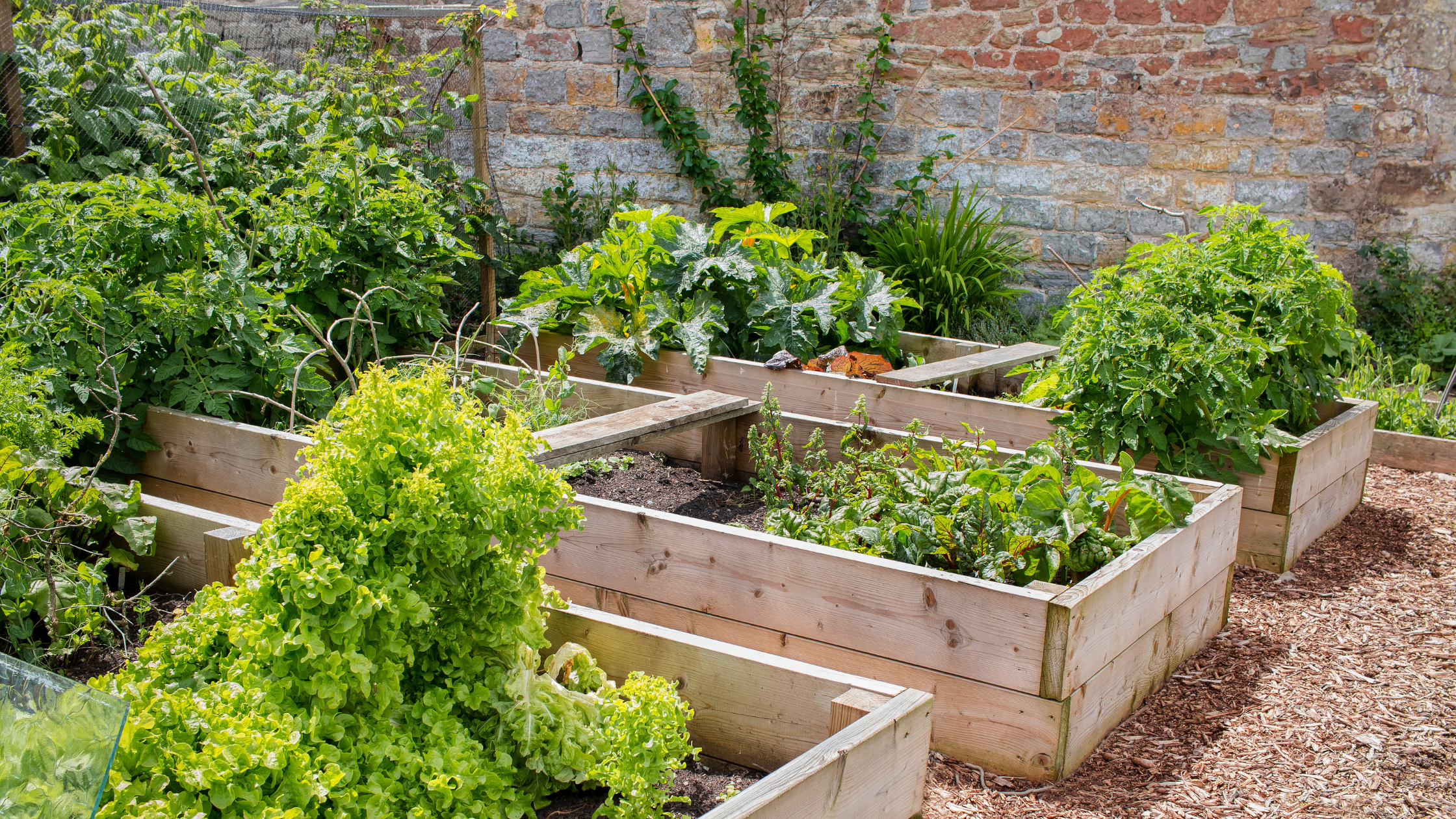What is the best soil for a raised or in-ground vegetable garden? The answer is living soil. Mother Nature’s original masterpiece, crafted over eons to nourish the plants we all know and love. Think about it like this—it’s more than just dirt. It’s a buzzing ecosystem of roots, earthworms, microbes, and decomposed organic matter all working in harmony. These little beasties break down organic material, making sure your plants get the good stuff they need to grow strong and healthy.

A key difference here is that store-bought garden soil often lacks this vitality. While grabbing a bag of organic soil might seem like a quick fix, it doesn’t quite match up to the garden magic happening naturally underground. Those store-bought mixes might even be heat-treated, eliminating beneficial microbes and leaving you with a basic placeholder for the first six months or so. Sure, you might see some growth, but that’s just the start of an uphill battle—facing plant diseases, lousy production, and annoying pests without nature’s original support team.
With living soil, you tap into the ultimate garden foundation. Earthworms and microorganisms become your plant’s support system, improving soil structure and fertility. Enhancing nutrients gives your soil that lovely, rich texture, and improved water retention, minimizing your need to drench your garden every other day.
Think about a forest floor—the real-world embodiment of living soil. Year after year, leaves and branches pile up, adding layers of decomposed riches around thriving plants. Life flourishes with each drop of rain or bit of snow, forming a natural mulch that keeps everything moist and minimizes evaporation. Emulating this in your raised garden beds serves as the ultimate tribute to nature’s own rules of gardening.
In the end, you’ve got a choice between a living, breathing system supporting your plants, or a kind of sterile, ready-made mix that needs constant attention and amendment. Which one sounds like a better bet for your plant babies?
Essential Elements of Creating and Maintaining Living Soil
Crafting living soil for your raised garden beds starts with understanding that it’s all about layers. Remember back in school when you’d make those cool, colorful sand bottles? This is kinda like that, but instead of colors, you’ve got layers of organic materials that break down over time into the stuff plants need.
Start by gathering organic materials from your house and yard. We’re talking fruit scraps, leaves, grass clippings, and even some items you might not have considered, like rabbit poop or old wool clothing. It’s like giving your garden a diet rich in homemade compost goodness straight from Mother Earth’s pantry.
The compost pile or bin is your best buddy here. If you’re living in a city, consider a tumbler-style composter to keep things clean and out of reach from critters. Toss in those organic kitchen scraps and dried leaves, give the tumbler a spin now and then, and it’s like nature’s recycling program. It turns potential waste into nutrient-rich treasure.
Don’t forget about the magic of moisture. Living soil thrives with the right amount of water, so a drip irrigation system can work wonders. It ensures your soil stays nicely hydrated, and you’re not just dumping buckets of water that run right through. Deep watering once or twice a week? Yeah, your plants are gonna love that and water throughout the whole area of the garden, not just the plant. Remember that this is a living ecosystem and an all-over watering is best to keep everything decomposing and earthworm activity progressing.
Connecting your raised beds to the ground is key for living soil magic. Omit the bottom of your beds (if you have a bottom) and remove any weed cloth. Soak the ground with water ideally the day before so the natural soil is ready to join the party. This is the most important step to tap into the existing ecosystem, getting a leg up on building the microbial life essential for a thriving garden.
With these essentials in place, you’re not just growing plants—you’re cultivating a living, breathing ecosystem that keeps on giving. Like building a small, self-sufficient world where plants get stronger season after season.
Navigating Seasonal Challenges: Planning and Constructing with Seasonal Awareness
Planning is the backbone of any successful garden. Without it, you’re like a ship without a compass. You’ve got to know what plants thrive in your climate and what time of year they’re gonna flourish. Planting sun-loving corn in the middle of fall might get you some sad, frost-nipped stalks. Been there, done that—trust me, it’s not fun.
To keep your garden pumping out fresh goodies year-round, you gotta be best friends with the seasons. In Southern California, I’m lucky to garden anytime, but that doesn’t mean every plant is ready for action 24/7. Embrace cold-loving greens and herbs in winter, then shift gears to vibrant summer crops like corn when the sun’s hot.
So, what’s the plan? Well, it’s continuous composting through the chillier months, collecting leaves and organic matter to build up your soil for the coming spring extravaganza. By the time April showers hit, you’ve got a nutrient-rich bed just waiting to explode with life.
It’s easy to think you can break the rules once in a while, experimenting with out-of-season planting. And sure, it’s a great way to learn—just keep an open mind about the consequences if things go wrong. If you’re patient and intentional with your planning, your garden will thank you with abundance, no matter the season.
All of this comes down to understanding not only what you’re planting, but why you’re planting it when you do. Combining mindful species selection with a stellar plan and the richness of living soil sets you up for gardening success. Whatever your plot of land looks like, harmonizing with the natural cycles is the secret sauce to unforgettable gardening adventures. If you like the idea of building your own living soil, in my next blog I will walk you through step-by-step how to assemble the layers and the details needed.


Marie, this post is a fantastic deep dive into the power of living soil! You’ve beautifully captured how soil is so much more than just dirt—it’s a dynamic, living ecosystem that fuels plant growth in ways store-bought mixes simply can’t match. The comparison to a forest floor is spot on; nature has perfected this process, and we can benefit greatly by mimicking it in our raised beds. Your emphasis on layering organic materials, composting, and connecting garden beds to the ground is incredibly helpful for both beginners and experienced gardeners alike. The seasonal planning section is a great reminder that timing is just as important as soil health. Looking forward to your next blog on building living soil step-by-step—this knowledge is invaluable for anyone wanting to create a thriving, sustainable garden. Keep sharing your wisdom—our plants (and the planet) will thank you for it! 🌱✨
Thank you and I am so glad you found it helpful and informative. I am working on the step-by-step and hope to have it done soon.